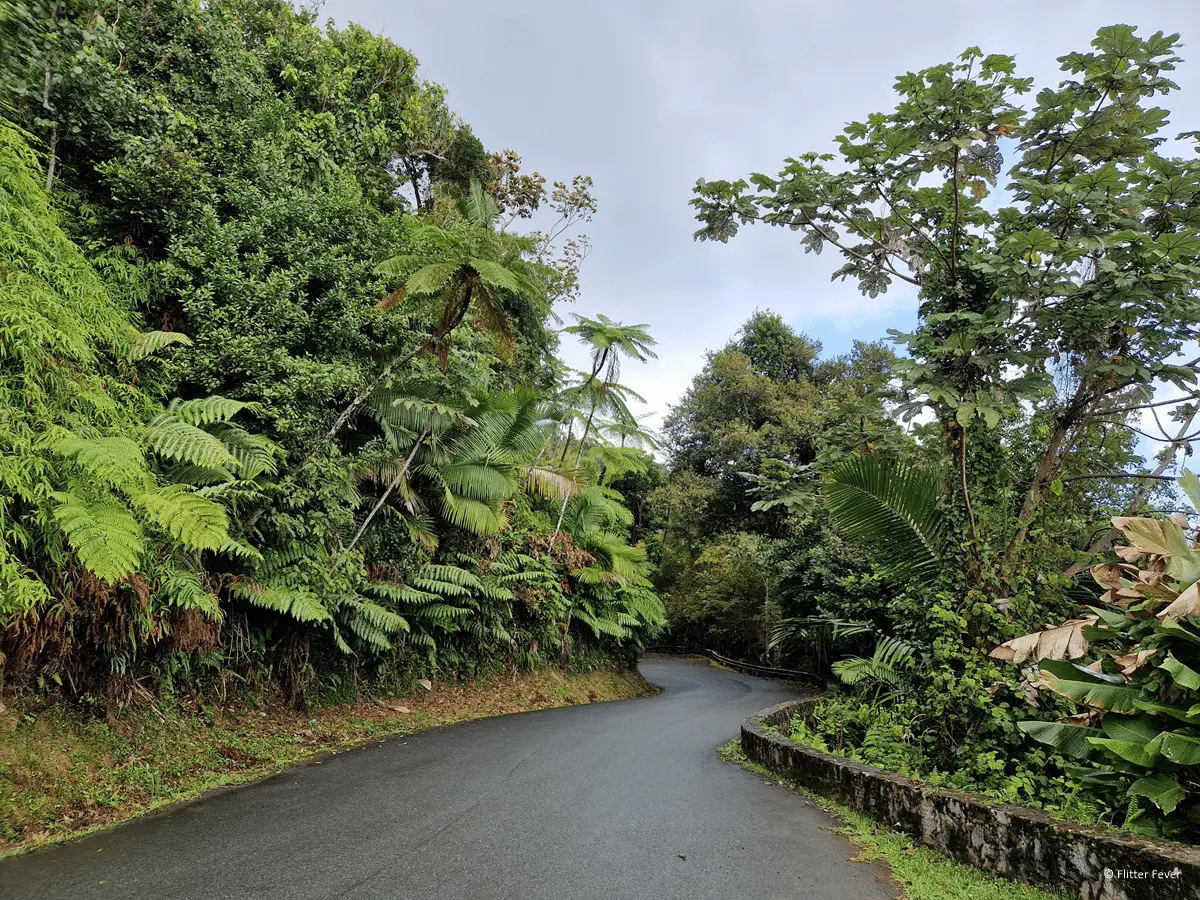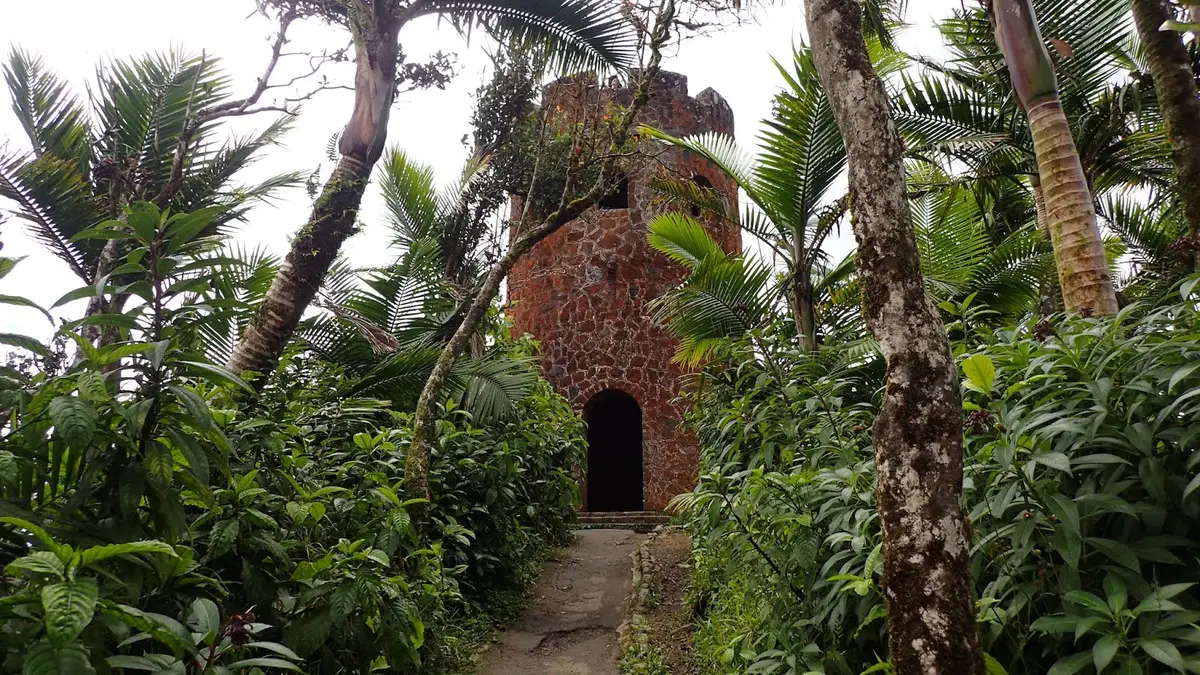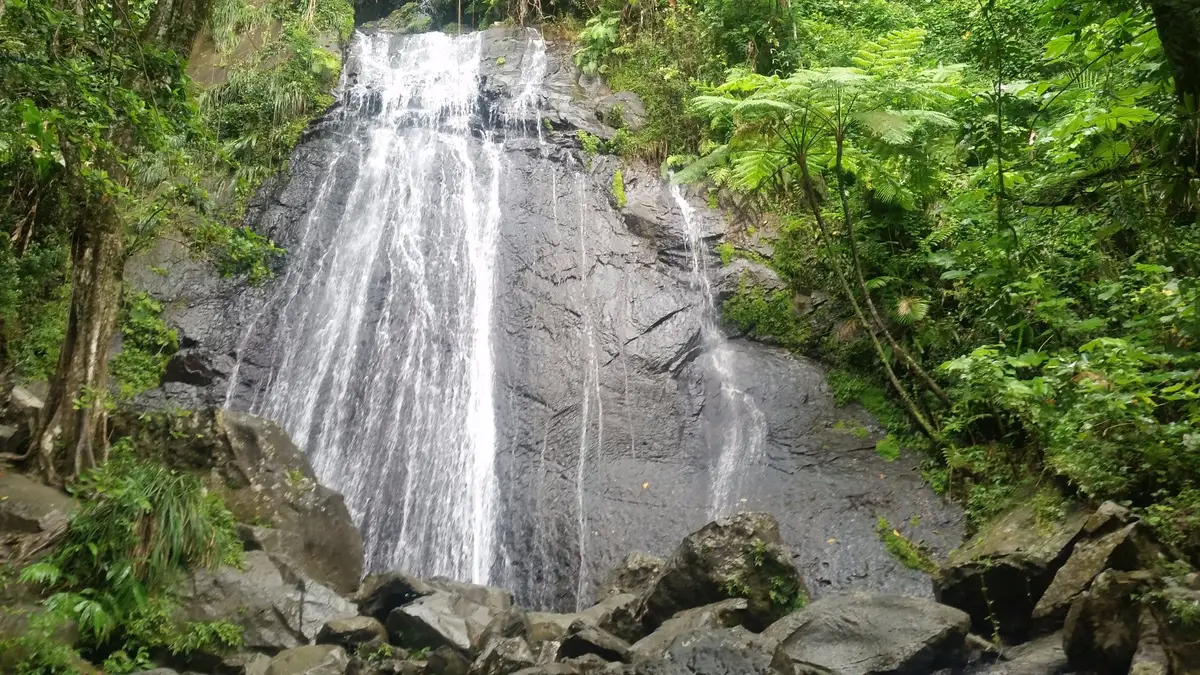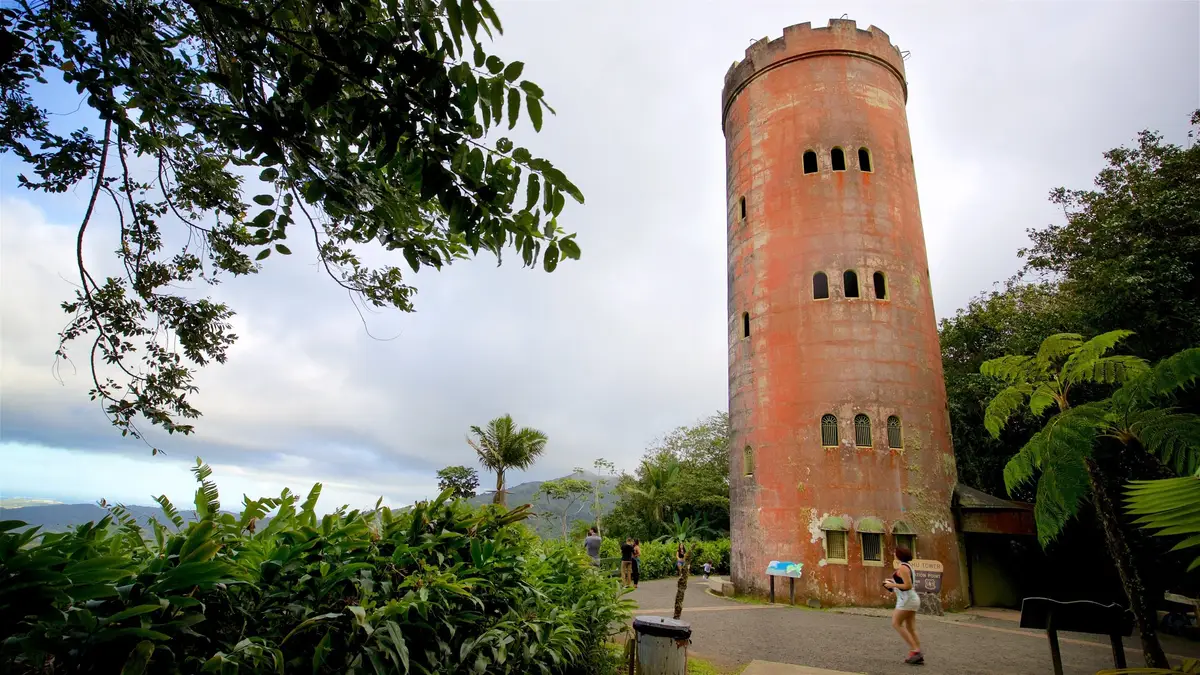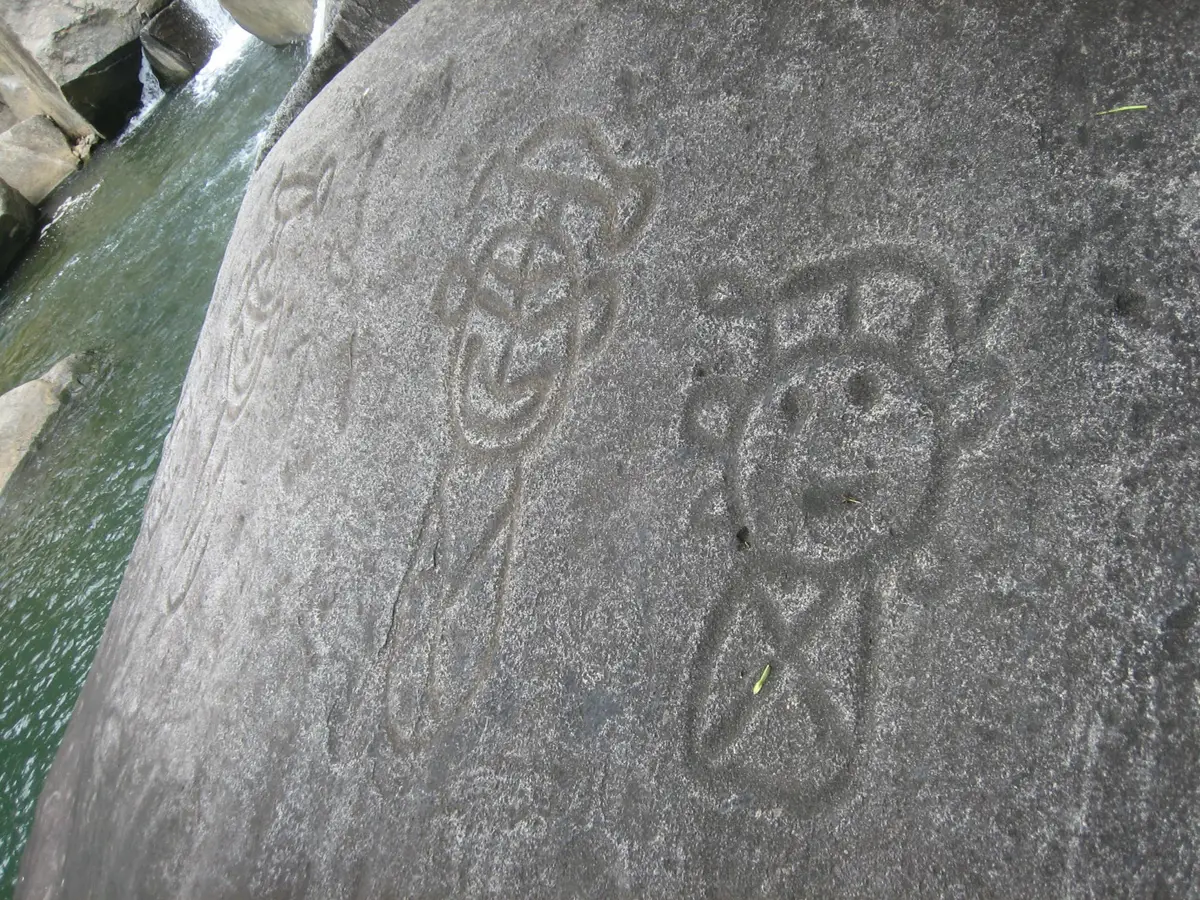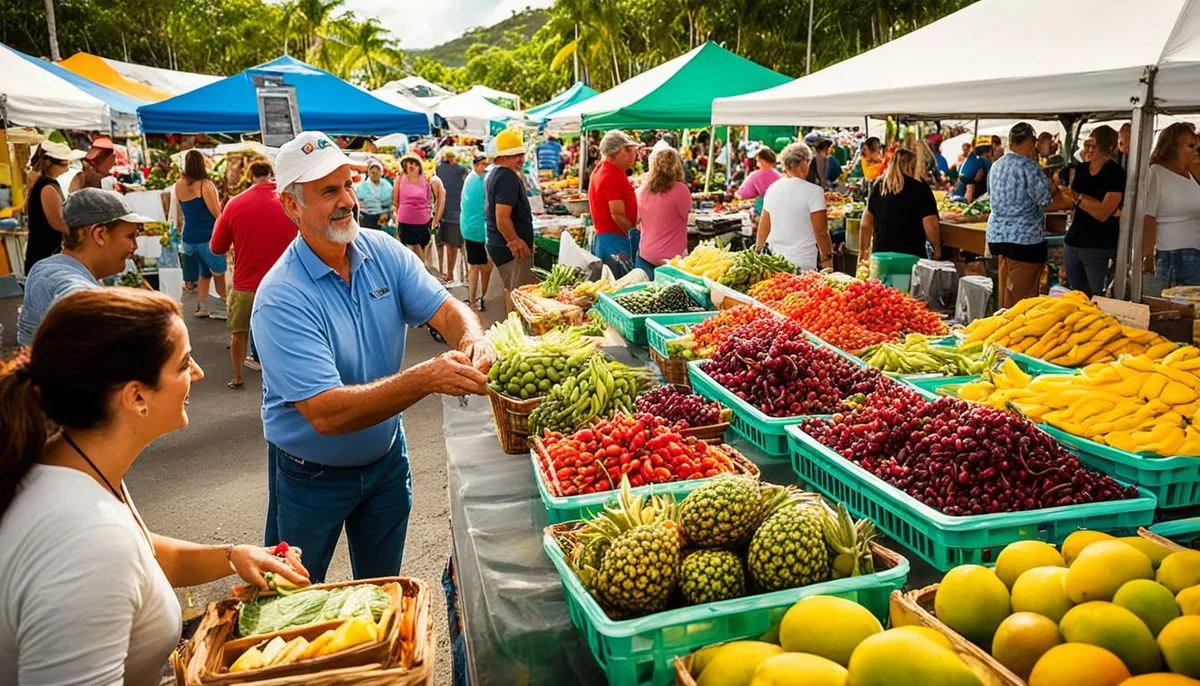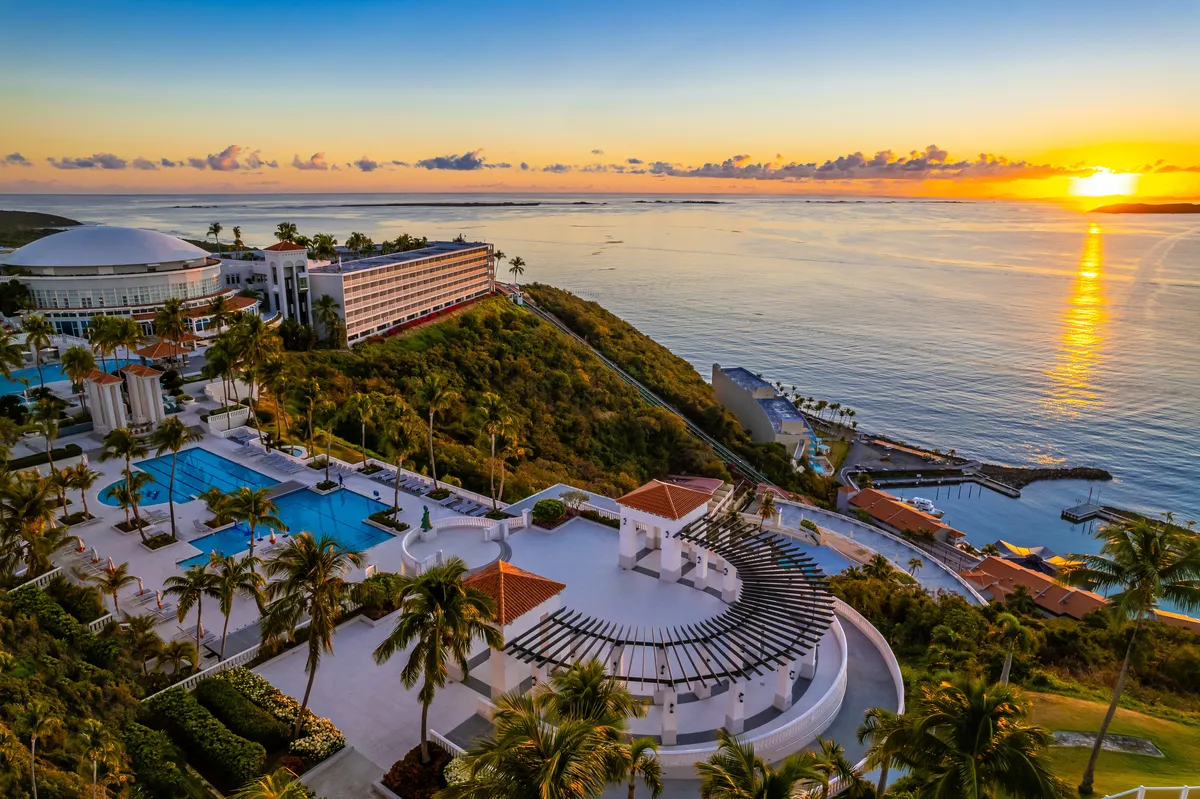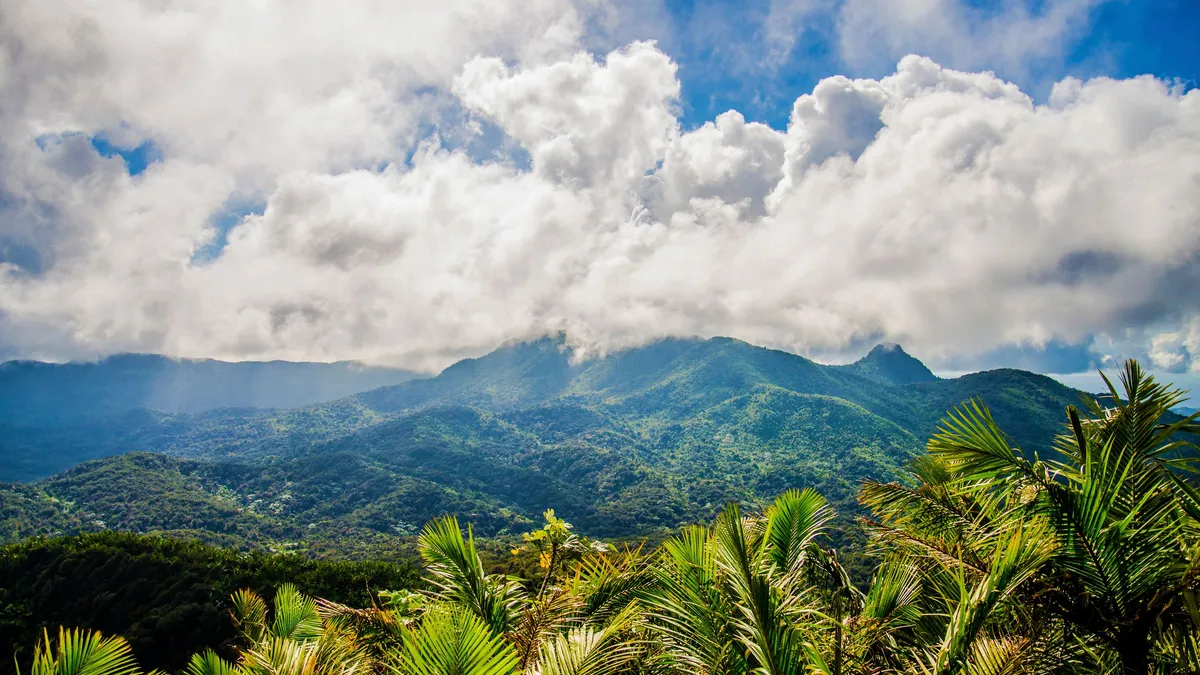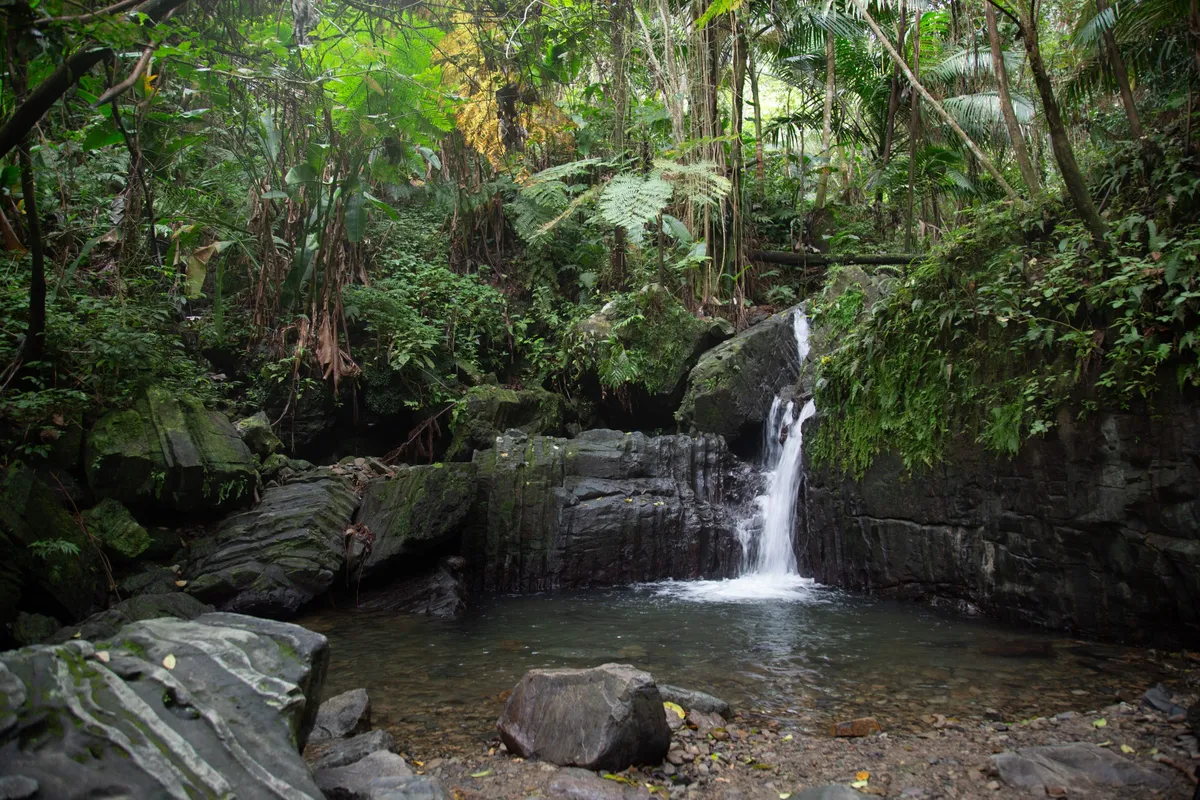El Yunque Puerto Rico isn’t just another national forest—it’s the only tropical rainforest within the United States National Forest System, where the distinctive two-note call of the coquí frog serves as nature’s soundtrack to an unforgettable adventure. This 29,000-acre biological treasure on Puerto Rico’s eastern coast combines ancient Taíno sacred grounds with modern accessibility, offering everything from easy waterfall walks to challenging cloud forest hikes, all just a 45-minute drive from San Juan.
Planning Your Visit to El Yunque: Essential Logistics
The difference between a magical El Yunque experience and a frustrating one often comes down to timing and preparation. After extensive damage from Hurricane Maria in 2017, the park operates on a first-come, first-served basis with limited parking, making an early arrival absolutely critical. The main recreation corridor opens at 7:30 AM, and you’ll want to be at the gate right when it opens—the park typically reaches capacity by 10:00 AM on weekends, sometimes earlier.
Best Time to Visit
December through April offers the driest conditions with temperatures in the comfortable 70s, though this is also peak tourist season. Rain is possible year-round (it is a rainforest, after all), so pack accordingly regardless of when you visit this incredible Puerto Rico destination.
Getting There
Renting a car is your best bet for flexibility and adhering to that crucial “arrive early” rule. The drive from San Juan takes 40-45 minutes via Highway PR-3 to PR-191. Skip rideshares like Uber; they are not permitted to pick up within the forest, potentially leaving you stranded.
Entry Fees
Great news—accessing the main forest trails is completely free. You will only pay the $8 admission fee if you visit the El Portal Visitor Center (free for kids under 15).
What to Pack
Sturdy footwear with excellent grip is non-negotiable, as those moss-covered trails become dangerously slippery when wet. Hiking sandals like Keens, trail runners, or waterproof boots work best. Avoid smooth-soled sneakers at all costs. Layer your clothing (swimsuit under quick-dry synthetics), pack a rain jacket, and bring plenty of water and snacks, since there are no vendors in the main recreation area.
El Yunque Hiking Trails: From Easy Strolls to Challenging Peaks
Many of El Yunque’s historically famous trails, including the iconic La Mina Trail to La Mina Falls, remain closed years after Hurricane Maria. But don’t let that discourage you. The open El Yunque hiking trails offer incredible experiences and might actually be less crowded than the old favorites would be.
Juan Diego Trail (Easy, 0.25 miles, 20-30 minutes)
This is your best bet for a quick rainforest fix with instant gratification. The paved walk leads to a beautiful lower waterfall perfect for families and a refreshing dip. Here’s the insider secret: scramble up the steep, muddy path to the right of the lower falls to discover a stunning 40-foot “hidden” upper waterfall that’s usually much less crowded.
Angelito Trail (Easy, 1.4 miles round trip, 45-60 minutes)
Located on Road 988, this gentle descent through the forest leads to a fantastic swimming hole on the federally designated Wild and Scenic Mameyes River. The payoff includes large, calm pools and even a rope swing for the adventurous.
Mt. Britton Tower Trail (Moderate, 1.6 miles round trip, 1.5 hours)
This is the crown jewel hike that most visitors rave about. The paved but consistently steep trail climbs through a stunning sierra palm forest that transforms into a misty cloud forest. Your reward is reaching the historic 1930s stone tower built by the Civilian Conservation Corps. On clear days, panoramic views stretch across the island to both the Atlantic Ocean and Caribbean Sea—it’s like discovering a lost castle in the clouds.
El Yunque Trail (Challenging, 5.2 miles round trip, 3-4 hours)
The classic peak hike takes you through four distinct forest zones, though the final summit segment is often closed for safety. Most hikers end at the Los Picachos observation platform, which still delivers breathtaking views after the demanding 1,500-foot elevation gain.
Best Waterfalls and Swimming Spots in El Yunque
La Coca Falls
Your first major photo opportunity along PR-191, this iconic 85-foot cascade slides down a massive rock face. It’s easily accessible right from the road, though swimming isn’t permitted here, and the wet rocks are extremely dangerous to climb.
Juan Diego Creek
This is the best swimming spot within the main recreation area. The lower pool offers easy access for families, while the upper waterfall requires that adventurous scramble but rewards you with a deeper, more secluded pool beneath a 40-foot cascade.
Insider Tip
For more adventurous water activities, locals head to Charco El Hippie and Las Paylas just outside the official forest boundaries. These spots feature natural rock waterslides and cliff-jumping opportunities.
El Yunque Towers: Yokahú vs. Mt. Britton Showdown
You’ll likely have time for just one tower, so choose wisely. Yokahú Tower offers convenience—it’s right off PR-191 with dedicated parking and a 98-step climb to panoramic views at 1,575 feet elevation. Because it’s lower, you’re less likely to be stuck in clouds.
Mt. Britton Tower, however, requires that challenging 45-minute hike but delivers a much more memorable experience. At 3,087 feet, this atmospheric stone structure sometimes disappears into passing clouds, but the journey through the misty cloud forest to reach this “castle in the sky” creates lasting memories that the easier Yokahú climb simply can’t match.
The Cultural Significance of El Yunque National Forest
Beyond the trails, El Yunque carries profound spiritual significance as a sacred Taíno site. The indigenous people believed these cloud-covered peaks housed their chief deity, Yúcahu, god of fertility and goodness. Along the rivers, particularly Río Blanco, you can still find ancient petroglyphs carved into boulders—direct connections to the island’s first inhabitants.
The forest serves as a living laboratory, too. Listen for the ubiquitous coquí frogs providing the forest’s soundtrack—13 of Puerto Rico’s 17 endemic species call El Yunque home. You might even spot the endangered Puerto Rican parrot, whose population crashed to just 13 individuals in 1975 before conservation efforts centered in El Yunque began slowly bringing this vibrant green bird back from extinction.
Practical Tips and Challenges of Visiting El Yunque
Let’s be real about the current limitations when visiting El Yunque. The parking situation can be genuinely frustrating, especially if you arrive after 9 AM. Once those small lots fill up, you might face a long wait or even be turned away entirely. The narrow, winding roads were not designed for current visitor volumes, and trail closures mean some guidebook recommendations are outdated.
However, these challenges are manageable with proper planning. The open trails offer spectacular experiences, the forest’s biodiversity remains unmatched in the US, and the combination of accessibility and wildness creates something truly special. Most visitors who follow the “arrive early” rule leave completely satisfied with their rainforest adventure.
Contact Information:
El Yunque National Forest: PR-191, Río Grande, PR 00745 Phone: (787) 888-1880 Website: fs.usda.gov/elyunque Transportation: Main access via PR-191 from Highway PR-3, approximately 45 minutes from San Juan Luis Muñoz Marín International Airport
The magic of El Yunque Puerto Rico lies not just in checking off waterfall photos for social media but in experiencing a living piece of Puerto Rico’s natural and cultural soul, where ancient spirituality meets modern conservation efforts. By arriving early, wearing proper footwear, and approaching this sacred landscape with respect, you’ll discover why this compact rainforest delivers unforgettable memories that will have you planning your return visit before you even leave.
Read more:
